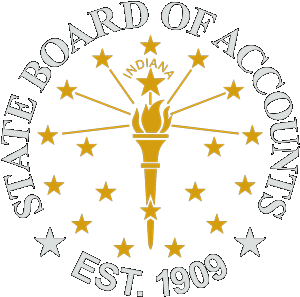Search for Keywords
ACCOUNTING AND UNIFORM COMPLIANCE GUIDELINES MANUAL FOR INDIANA POLITICAL SUBDIVISIONS – INFORMATION TECHNOLOGY
- Table of Contents
- Scope
- Auditing Standards
- Internal Controls
- Design Activities for the Information System [The Green Book]
- Design of the Entity’s Information System
- Design of the Appropriate Types of Control Activities
- Design of the Information Technology Infrastructure
- Design of Security Management
- Design of IT Acquisition, Development, and Maintenance
- Entity Level Controls [COBIT 5]
- Information Technology General Controls [COBIT 5]
- Security Management [APO13]
- Logical and Physical Access [DSS05.04 and DSS05.05]
- Configuration Management [BAI10.01]
- Segregation of Duties [APO012.02
- Contingency Planning [DSS04]
- Application Controls [GTAG]
- Input Controls
- File and Data Transmission Controls
- Processing Controls
- Output Controls
- Master Files and Standing Data Controls
- Documentation and Retention
- Information Retention and Access
- Error Correction
